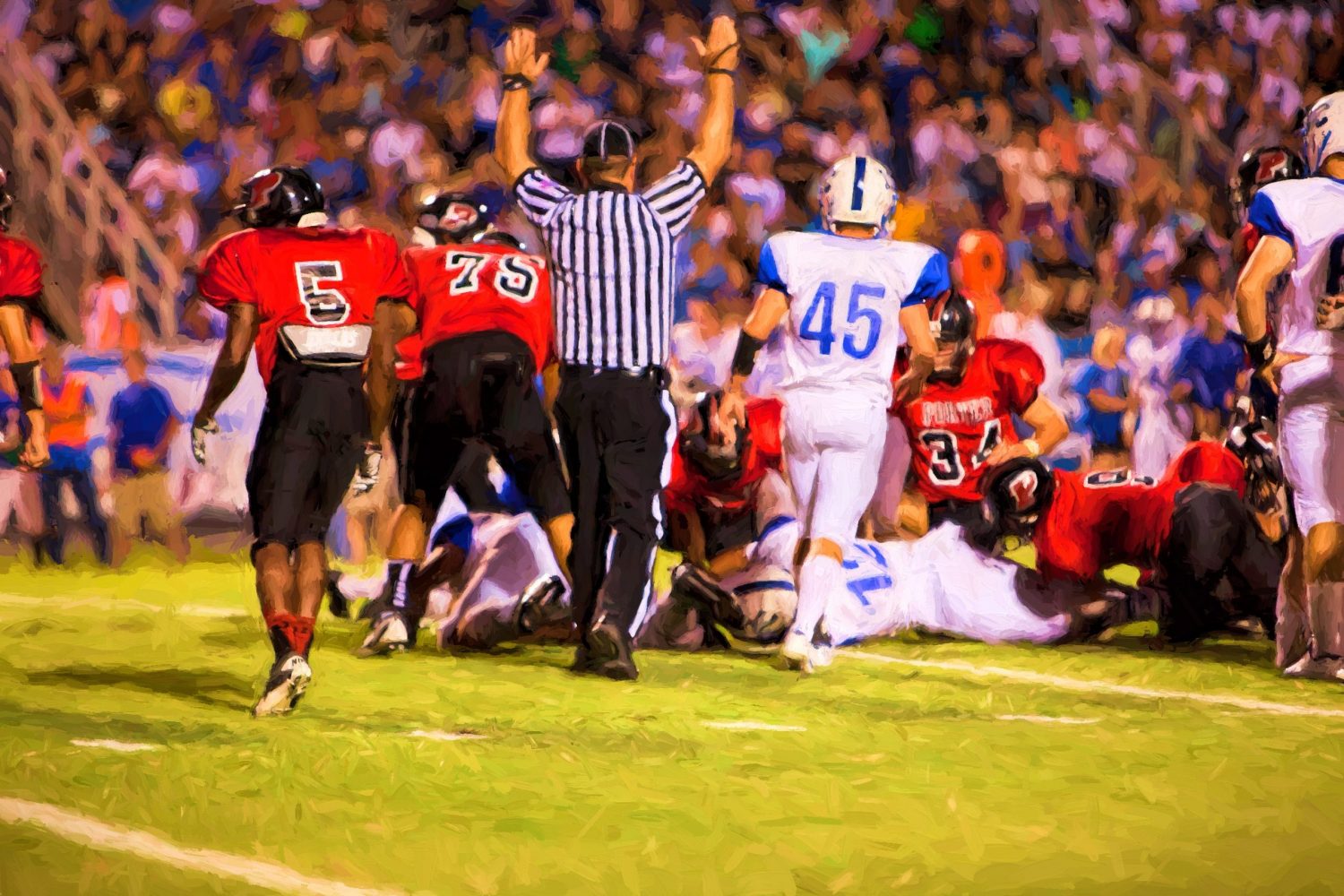Congratulations on starting the next chapter of your academic career! Now that you are finished with high school, you can embark on a journey of discovery, learning more about the world and yourself. However, the question many students ask before beginning this exciting step toward adulthood is, “How am I going to pay for it?”
Your college financing will likely come from a wide variety of sources, ranging from your parents’ savings to federal loans. Each one has its benefits and drawbacks – including the need to pay back certain funding.
Here are the most common types of student aid you can gain access to when you submit your Free Application for Federal Student Aid (FAFSA) and what your responsibilities are in paying them back.
Types of Financial Aid
There are numerous types of financial aid available to students from all backgrounds, some even directed toward those from specific places or those most in need of financial assistance, and FAFSA is the gateway.
FAFSA is used by both a wide range of institutions, from the federal government to private businesses with an academic charity. Here are the most common forms of financial aid you will encounter during the course of your collegiate career:
Grants
Grants are designed to help students with severe financial needs be able to afford tuition and basic schooling expenses. They do not need to be repaid, with noticeable exceptions being in case of fraud or failing to continue to meet the grant program’s requirements.
These are offered by state and federal governments, in addition to the university itself. Take the time to figure out what your university will offer, and be willing to “shop” around and discover the varying benefits packages available at different universities. However, make certain you do this as early as possible – most financial aid is only available on a first-come-first-served basis.
Scholarships
Scholarships are similar to grants, though they are awarded based on academic or athletic achievement. Most people who receive scholarships typically excel in high school academia or managed to make waves by excelling in a sport or club.
Scholarships may also be earned for achievements made while in college, such as earning a spot on the Dean’s List or participating in school government or collegiate sports. Scholarships do not have to be paid back.
Loans
There are a wide variety of loans available to students throughout their time in college. From federally subsidized to private loans, they all have their unique benefits and drawbacks that you must carefully consider before applying.
All loans, regardless of the type, must be repaid unless the borrower dies, becomes permanently disabled, or qualifies for loan forgiveness through any of several federal, state, or local programs.
- Federally Subsidized: These loans are backed by the federal government and have an interest rate determined by law (it is currently 4.53%). Being subsidized means that the government pays interest on the loans while the student is in college or in forbearance.
The government has developed a wide range of payment programs designed to make it easier for students to make consistent and affordable payments, with the most popular being based on income.
Note: While the government covers the accruing interest during school, the six month grace period after graduating, or during forbearance, it is vital to remember interest will start being added to the principal the second one of these special categories end. It is strongly recommended that you consider the full cost of the loan (including interest) before considering any form of a loan.
- Federally Unsubsidized: Unsubsidized loans carry the same interest rate as subsidized loans, though the interest is not paid by the government while the student is in school. This means that interest accrues every day following disbursement, potentially leading to thousands of dollars in total interest being added to the note before graduation. In all other ways, these loans have the same features as federally subsidized loans.
It is highly recommended that students taking out unsubsidized loans make an effort to pay, at least, the interest the accrues while in school. This will lower the amount, overall, that the student has to pay over the course of the loan.
- Private Loans: Private loans are handled by universities, businesses, and banks throughout the country. Their interest rates are based on your current credit rating, and there are no guarantees that these student loans will include features such as debt forgiveness or deferment.
It is vital that you take the time to understand when and how interest will be applied. Many private loans start accruing interest while you are still in school – even if you are not required to make a payment. This will vastly increase the total cost of the loan and potentially make it harder for you to pay it off post-graduation.
- Direct Plus Loans: Direct Plus Loans come in two types – those made to the student and those made to the parent. They are used to cover undergraduate programs at more expensive schools and for post-graduate work in general.
These loans are not normally able to qualify for income-based repayment programs unless the student consolidates all of the loans accumulated during college into one direct consolidation loan first.
Direct Plus Parent Loans start accruing interest and require payments while the student is in college. There are no deferments, though these loans can be consolidated with the rest of the student’s loans post-graduation.
Loan Forgiveness Programs
The federal government offers a wide variety of loan forgiveness programs, from those targeting soldiers to those targeting teachers working in economically disadvantaged schools. It is important that you take the time to consider which programs may be available to you based on your major and future employment goals.
Chosen wisely, these programs can make college vastly more affordable for students coming from financially struggling families.
Loan Payment Programs
As discussed above, there are a wide variety of programs designed to make it as easy as possible to pay back student loans. Most are offered by the Department of Education (DOE) and either extend the term of the note (from 10 years to 20, in most cases) or base the total payment on the student’s income over the course of a year.
Please note: If you choose to go this route, it is essential that you do it before your student loans go into default. After that happens, you will need to bring the accounts up to current standing before you can take advantage of any repayment programs for which you may be qualified.
Defaulting on Your Student Loans
Loan default occurs after a loan hasn’t been paid back between 270 and 360 days. After this period, the defaulted loan may be turned over to a collection agency, you may be sued, or your wages may be garnished to get your notes paid in full.
Beyond the obvious, defaulted loans can damage your credit score – making it more difficult to obtain quality employment or credit cards and other loans. Unlike traditional loans, student loans never disappear. You can be forced to pay them back even in retirement through garnishments of your Social Security benefits.
Learn More About the FAFSA and Student Loans
Discover the answers to many, if not all, of your financial aid questions by browsing CollegeFinance.com. Our team of dedicated student aid researchers, writers, and editors go the extra mile in providing you with the information you need to make an educated choice regarding how to obtain and use financial aid.

